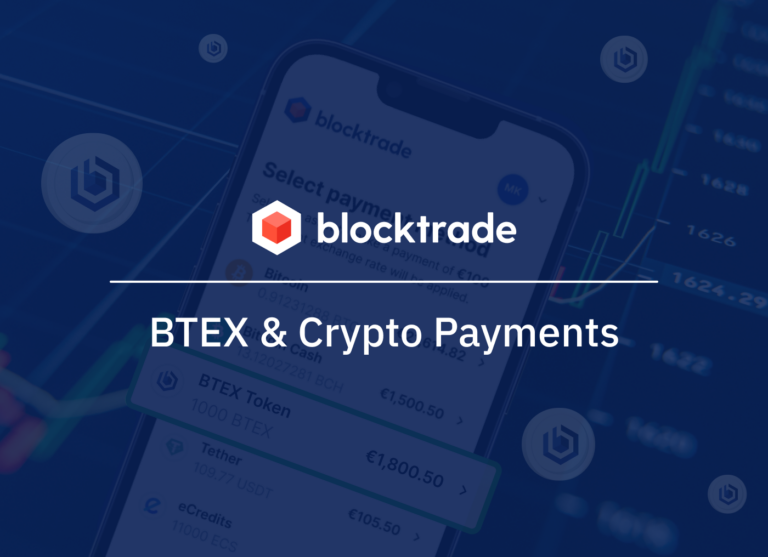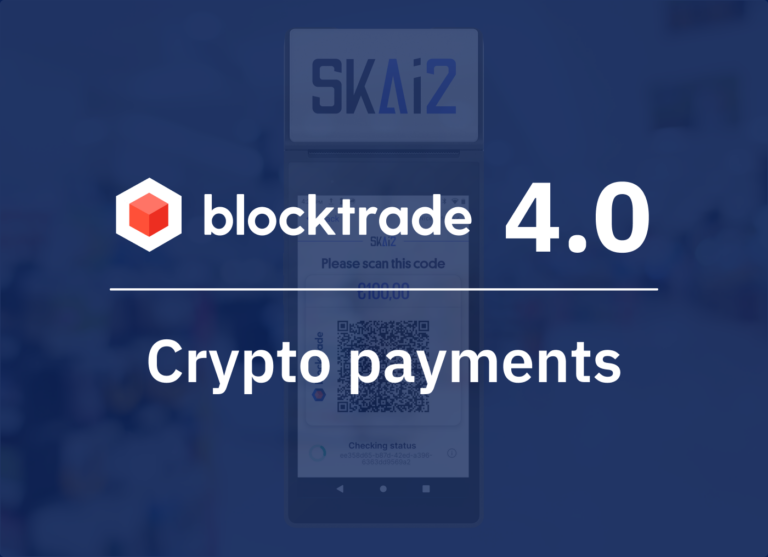In a recent post, we discussed about the importance of investing. However, all investments are exposed to a great number of risks. As an investor, you must be aware of and regularly monitor those investment risks in order to manage the potential downside of your investments. In today’s post, we will cover and define the most common types of investment risks and how to manage them.
Market risk
This broad term covers all types of investment risks that the entire financial market could be affected by. Such factors could be economical developments, political developments or external events (e.g. Corona pandemic). The most common forms of market risk are equity risk, interest rate risk and currency risk.
Equity risk (share risk)
Investments in shares/stocks are exposed to this type of risk. Equity risk describes the risk of a sudden or long-term loss in the prices of shares. Generally, the price of a share is determined by supply and demand. As such, equity risk can arise from shares overall, shares of a company in a specific industry or country or a certain company being faced with challenges, competition or other external risk factors.
Interest rate risk
Changes in the key interest rate as determined by the Federal Reserve (US) and European Central Bank (Eurozone) impact the attractiveness of risk-bearing investments (equity) and risk-free investments (bonds). A rise in the key interest rate causes a price drop in bonds and shares. Interest rate risk describes the risk of a sudden or gradual change in the key interest rate through announcement by central banks.
Currency risk
Currency risk is connected with investments in foreign markets. For an investor based in the Euro zone, the purchase of U.S.-based shares brings exposure to currency risk. If the USD devalues in relation to the EUR, the USD-denominated shares lose value for the Eurozone-based investor.
Loss or destruction of private key
There is one central investment risk specific to investing in cryptocurrencies. As crypto tokens are held in a wallet, the loss or destruction of the private key of that wallet is an enormous risk. Should the private key be destroyed or lost, users will no longer be able to access their funds and effectively lose the entire value of their investment.
Should the private keys be stolen by a hacker, he or she could gain access to the wallet and steal all crypto tokens in the wallet which would also result in the entire investment being lost.
Default risk
Investors are exposed to default risk when placing an investment in bonds or other forms of debt obligation. In other words, they act as a lender to a borrower who may turn out to be unable to repay their debt in full or part. Taking the risk premium into account, the higher the credit risk (default risk) is, the higher is the return that investors will expect from their lent money.
In the case of government or corporate bonds, investors are well-advised to take a close look at the overall (and possible changes over time) in the credit risk of a borrower (bond issuer) as determined by (credit) rating agencies.
Other investment risks
There are numerous other risks that investors expose themselves to when making investments. As this article is focused on the biggest investment risks, however, we will focus the subsequent discussion on liquidity, concentration and inflation risks.
Liquidity risk
In order to realize one’s price gains in an asset, it is essential to be able to sell the assets at any time during market hours. Liquidity risk describes the risk that an investor may not be able to sell their asset when they want to or possibly only at a certain discount from the current market price.
Hence, a loss could occur either because of the point in time or actual price at which the investor can sell his asset. A market is liquid if at any time there are enough buyers and sellers for that particular asset. Many exchanges such as Blocktrade make use of market makers in order to ensure sufficient liquidity at all times.
Concentration risk
Investments are said to be concentrated when (practically) all investments within a portfolio occur either in the same asset class (type of investment), region or industry. Concentration risks exist as external events which can cause a sudden and lasting price loss in the assets of a certain asset class, region or industry. In order to protect against concentration risks, investors should aim to have a well-diversified portfolio that spreads investments across asset classes, regions and industries.
Inflationary risk
This type of investment risk describes the loss in value of an investment due to inflation. Inflationary risk primarily applies to cash investments and bonds which are fully exposed to it. Equity investments, on the other hand, offer some protection as companies are usually able to increase their prices with the rate of inflation. This type of risk is increased by the fact that inflation can vary widely across countries and regions.
Conclusion
Investing is the process of buying and holding assets with the hope of a future value increase of these assets. A principle central to investing is the risk-reward-ratio – the riskier an investment, the higher the return investors demand in order to risk investing in that asset.
There are numerous risks associated with investments, most importantly market risks, risk of default, liquidity risk, concentration risk and inflationary risk. Investors who place money in cryptocurrencies must pay special attention to the risk of loss or destruction of private key to their crypto wallet.
Disclaimer
This is not financial advice. Mentioning coins and tokens is not a recommendation to buy, sell, or participate in the associated network. We would like to encourage you to do your own research and invest at your own risk.







